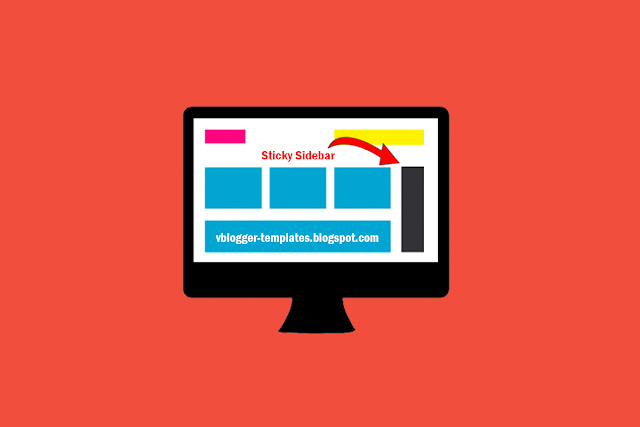Let us begin with the tutorial, simply follow the steps below:
Step #1: Log in to your Blogger Account and Go to your Blogger Dashboard.
Step #2: Click Template --> Edit HTML.
Step #3: Find </head> by Pressing CTRL + F (Windows) or CMD + F (MAC)
Step #4: Now paste the below code above/before </head> tag.
<script src="http://ajax.googleapis.com/ajax/libs/jquery/1.3/jquery.min.js" type="text/javascript"></script>
<script type="text/javascript">
$(function() {
var ks_widget_top = $('#widget Id').offset().top;
var ks_sticky_widgets = function(){
var ks_current_top = $(window).scrollTop();
if (ks_current_top > ks_widget_top) {
$('#widget Id').css({ 'position': 'fixed', 'top':0, 'z-index':999999 });
} else {
$('#widget Id').css({ 'position': 'relative' });
}
};
ks_sticky_widgets();
$(window).scroll(function() {
ks_sticky_widgets();
});
});</script>
Step #5: Change the widget ID of your widget that you want to make sticky and Save your template.
How to find widget ID?
Widget ID is unique ID of each of your widget. How to find widget ID, simply go to your DASHBOARD select LAYOUT then click EDIT on the widget then you can see on widget ID.
Refer of the screenshot below:
That's it for this tutorial. Happy Blogging!













No comments:
Post a Comment